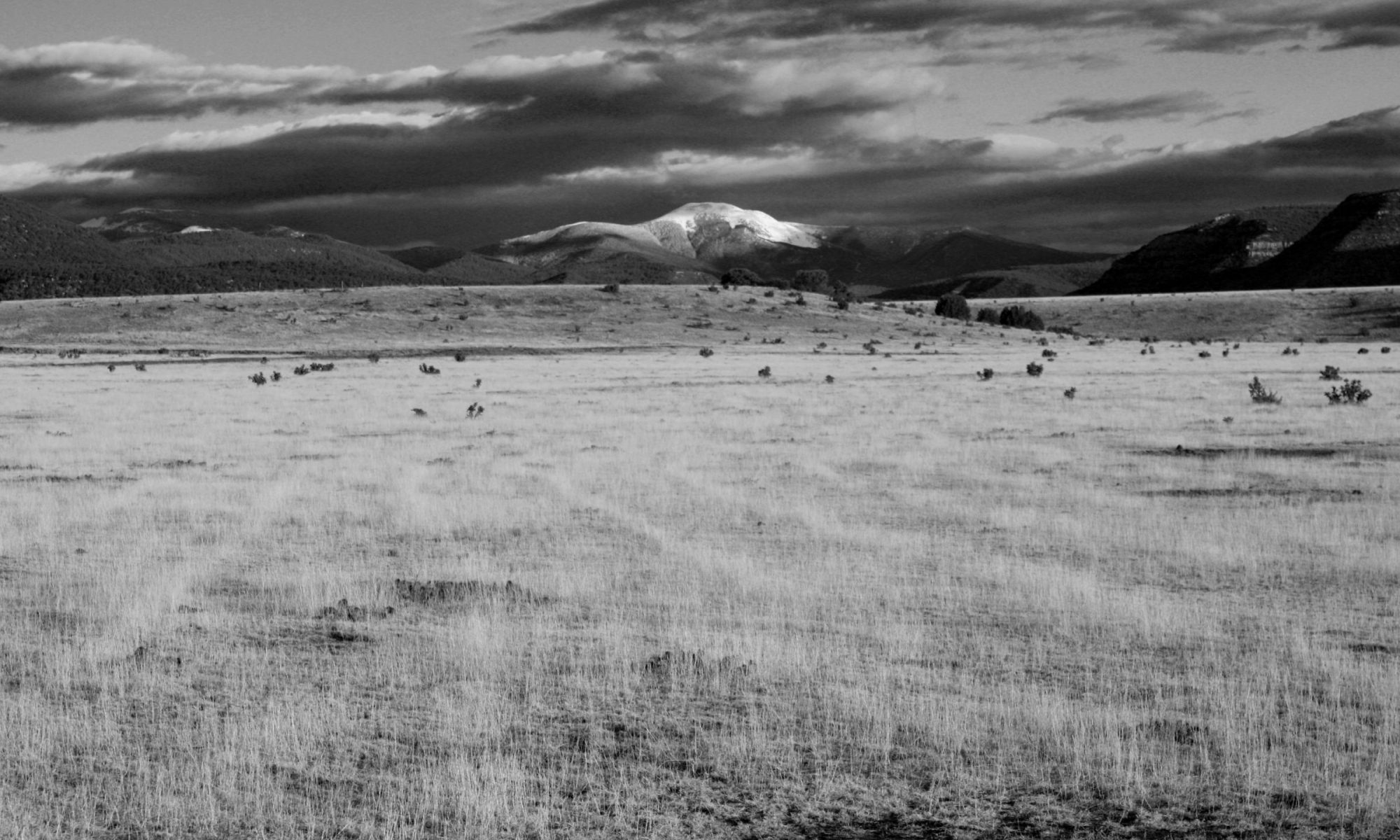I’m returning to something I wrote a ways back that got cut off sooner than I’d hoped. Too soon I’m annoyed to say since re-reading it I discovered that I don’t completely recall some of secrets behind the mysteries I proposed. Go read The Glyphs of Sedge Street then come back here.
Never mind, here’s the quote:
Sedge Street is the the oldest, longest, widest, and straightest street in [city]. Sedge remains the most obvious, but not only, symbol of an ancient time. The historians told the architects who told me there was no reason for its length, no reason other than the seduction of space and the greed to consume it. I think maybe the builders and craftsmen who constructed the first shops and stables along SSN wanted to market their wares in a primary spot—not one wanting to be even a convenient step or two off the main way. Everyone wanted to be first so they lined up next to each other like children neatly arranging blocks for counting.
The width they know with a certainty to derive from the need to turn a horse team around on itself to exit town after dropping off goods. The side streets have always been barely more than cart paths.
Its straightness is a cartographers joke or mistake. The original planners listed shops, dwellings, liveries, stables, government buildings, and the like on a scroll of butcher’s paper. Next to each entry, like a bulleted list, lay a large square.
Eesh, gonna have to let this idea simmer down in my head before I proceed. Guess my week off left my brains weak and flabby.
Three corners of that square hold a number: upper left for the order of construction, upper right for the family, lower left for the type of building. Each of these three is conspicuously indicated on the scroll in a legend or note. The fourth corner, the lower right corner, holds a glyph.
Before I commence I should add that I don’t recall what the SSN (Sedge Street North?) means. My explanation never got there, but it was supposed to draw a link between the bulleted list of squares having become the ‘blueprints’ for the buildings rather than just the list. That gets lost—or just plain not said—in my zeal to add some mystery with the glyph thing. That’s pretty much why I stopped short there.
I know this for certain, not from legend, from books, from architects, or from historians. I know it for certain because I am holding that scroll. I’ll leave that for a time and talk about how I got here.
Like the original landowners the current crop resisted giving up their prime spots to a competitor. Without even knowing my intentions the whole line of them—many rabid competitors themselves—bonded to keep me out. Not one would sell to me no matter the sum I offered. Three maintained spots so seductive I offered them money that could keep any number of great-great grandchildren spoiled and useless all their lives. Still they held. Most of them I loath as individuals and will never come to call them friends, but as a group, as a brotherhood, as a cabal, whatever word of solidarity you might choose I respect them deeply. That’s because I have a hint of where that resolution comes from and its not from them. It’s from the street.
I’m sure they would be despondent to learn that their united refusal led to my epiphany. Had they just wrangled amongst each other jealous of the pointedly disparate offers I made to contiguous locations. Had they just behaved in such a way as to let me think they would eventually crack—patience I have—I would never have discovered the better of all my attempts to purchase space on SSN. Well, not some much on SSN.
Due to some carefully crafted taxation legislation the government was no longer making money on SSN. They were holding even maybe going down even. When I offered to purchase the street itself they…
This is why I don’t do NaNoWriMo. I can’t just flow. So to get it out there let me just cough it up in all it’s slimy yellowish glory:
Basically he bought the street and built a building on the street itself. Among a few other restrictions the city required it not be more than 5% obstructive but as it turns out as a tourist attraction it near quadruples traffic population to the area. He bought a 10 mile strip outright and got a 20 year moratorium on purchasing the 20 miles on either side of his block. Essentially, he knows something about the glyphs that even I don’t—yet.
Day 293
